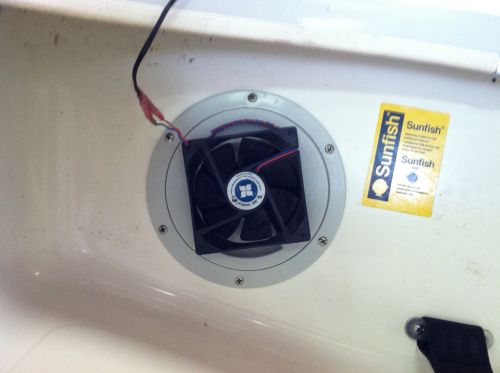Sprocket
New Member
First Post as I just joined...
Two days ago I scored two complete Sunfish. As it turned out, it was a salvage operation as they were both full of water and duck poop behind the guys house in the lake.
I'm very excited to get them as my daughter has been taking sailing lessons and loves them. Obviously they will need some work (haven't even had time to look at the sails yet. But was assured it was all there).
So a couple of newbie questions.
How can I date them as they are slightly different from each other?
I saw a link for drying out wet hulls but the linked document was missing. Any advice as I believe they were under water at least a week.
Thanks in advance!
Two days ago I scored two complete Sunfish. As it turned out, it was a salvage operation as they were both full of water and duck poop behind the guys house in the lake.
I'm very excited to get them as my daughter has been taking sailing lessons and loves them. Obviously they will need some work (haven't even had time to look at the sails yet. But was assured it was all there).
So a couple of newbie questions.
How can I date them as they are slightly different from each other?
I saw a link for drying out wet hulls but the linked document was missing. Any advice as I believe they were under water at least a week.
Thanks in advance!

 Also at Home Depot, and much cheaper, was this alternative adjustable hole saw:
Also at Home Depot, and much cheaper, was this alternative adjustable hole saw:
